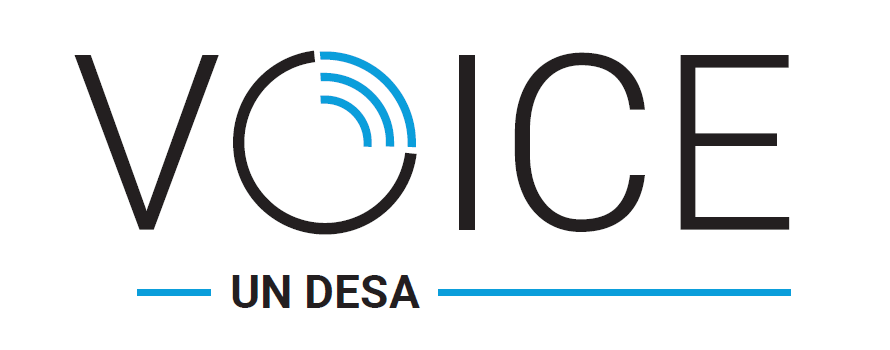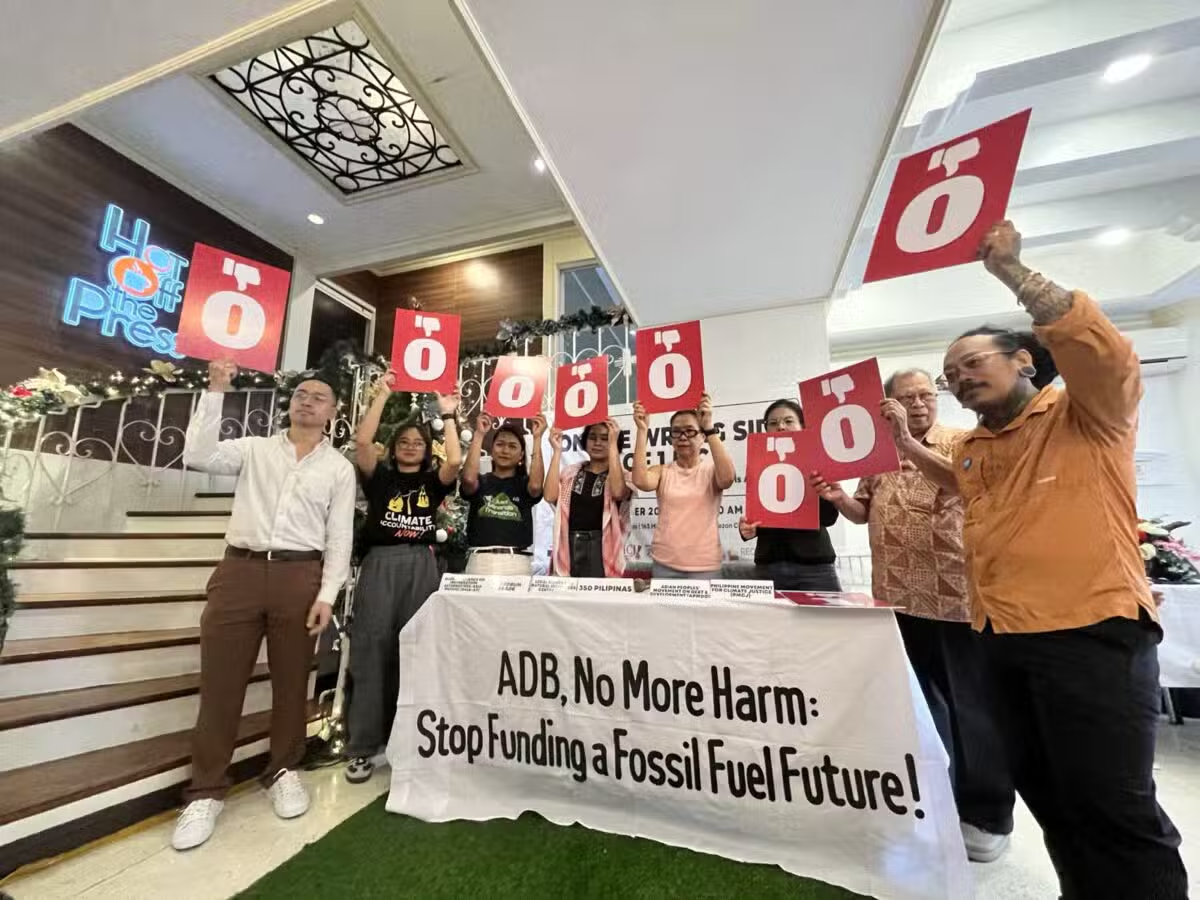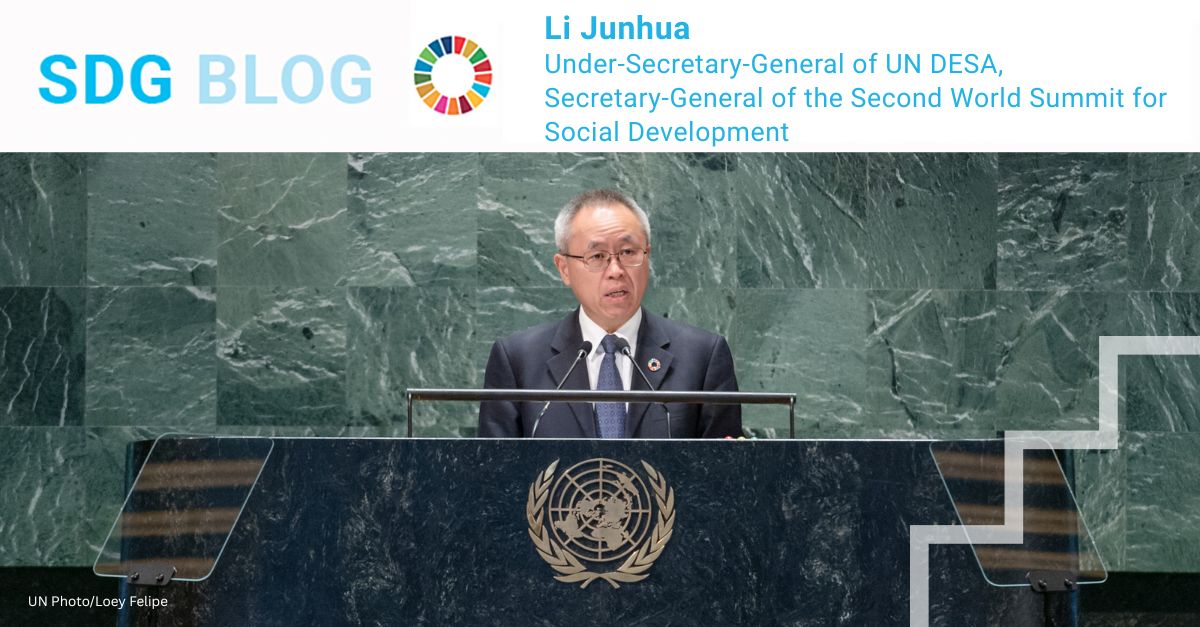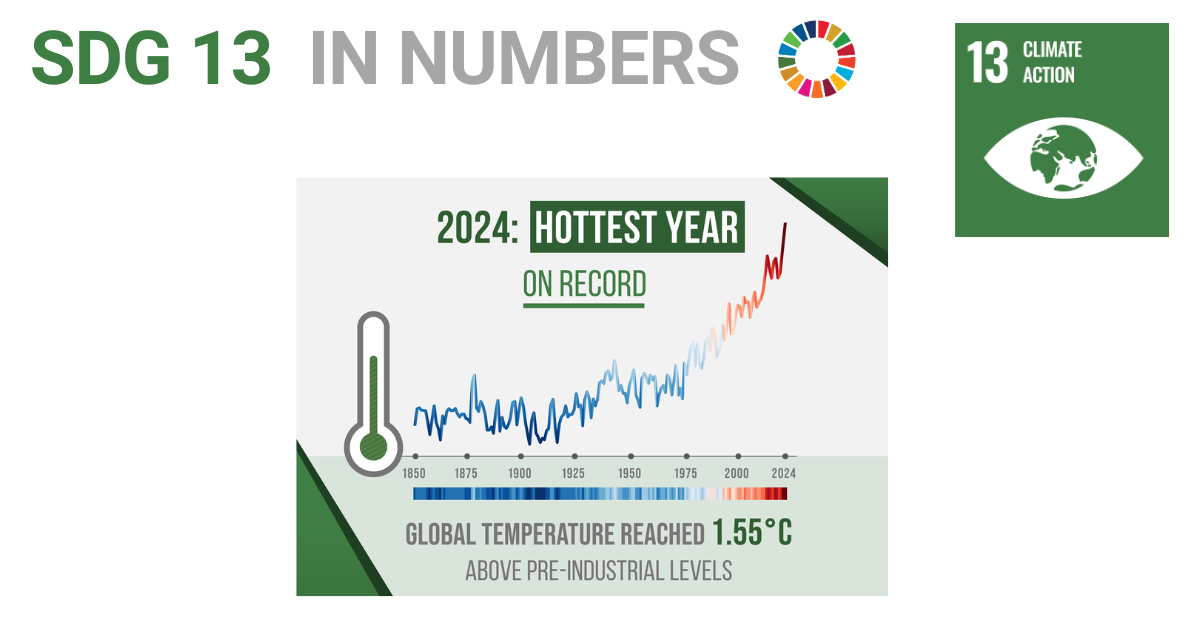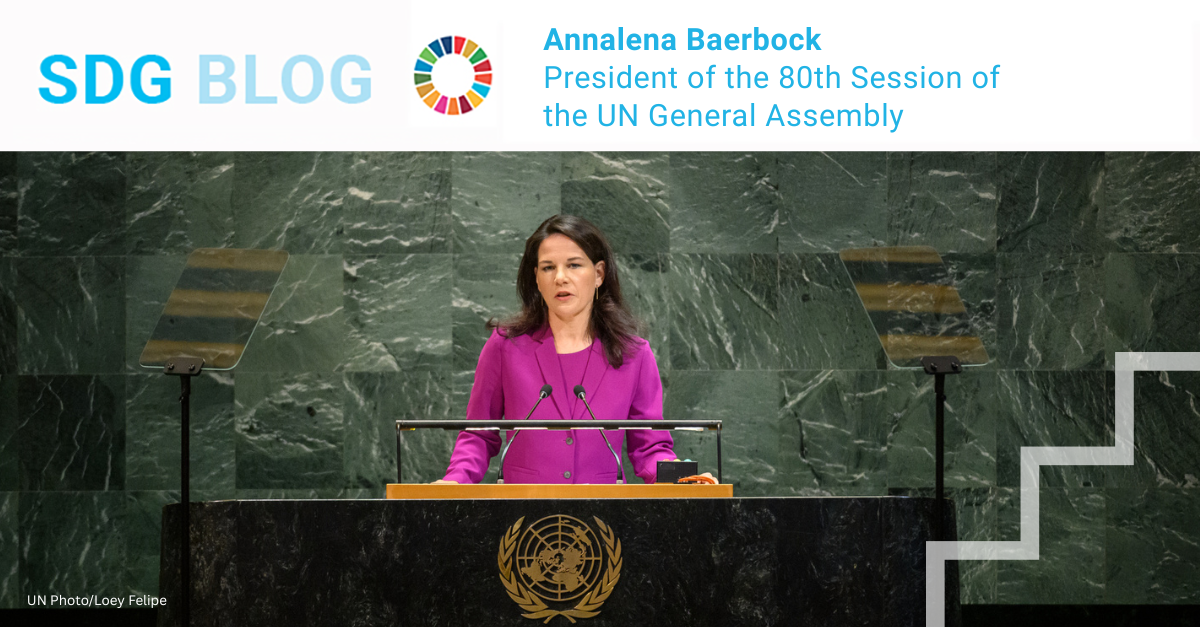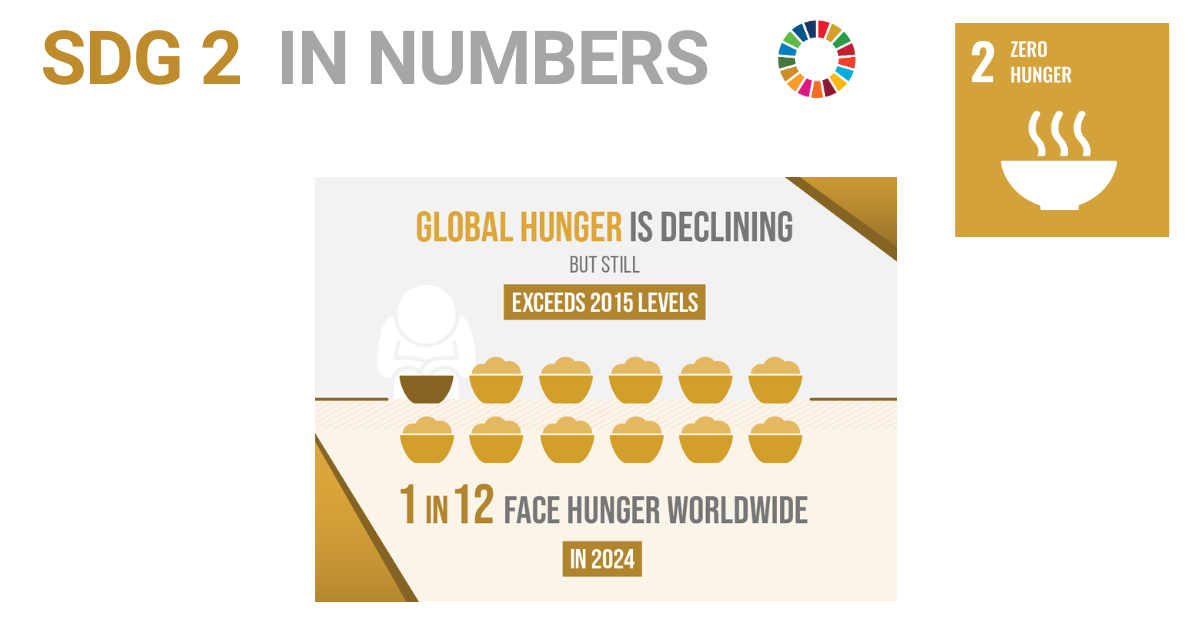Latest urbanization data reveal world’s most populous cities
Our world is becoming increasingly urban. Cities are now home to 45 per cent of the global population of 8.2 billion, according to UN DESA’s World Urbanization Prospects 2025: Summary of Results, released on 18 November 2025.
The number of people living in cities has more than doubled since 1950, when only 20 per cent of the world’s 2.5 billion people lived in cities. Looking ahead through 2050, two-thirds of global population growth is projected to occur in cities, and most of the remaining one-third in towns.
The number of megacities, urban areas with 10 million or more inhabitants, has quadrupled from 8 in 1975 to 33 in 2025. Over half of these (19) are in Asia.
Jakarta (Indonesia) is now the world’s most populous city, with nearly 42 million residents, followed by Dhaka (Bangladesh) with almost 40 million, and Tokyo (Japan) with 33 million. Cairo (Egypt) is the only non-Asian city among the top ten. By 2050, the number of megacities is expected to rise to 37, with cities such as Addis Ababa (Ethiopia), Dar es Salaam (United Republic of Tanzania), Hajipur (India), and Kuala Lumpur (Malaysia) projected to surpass the 10 million mark.
Despite the prominence of megacities, the report finds that small and medium-sized cities are home to more people than megacities and are growing at a faster pace, particularly in Africa and Asia. The report also highlights the divergent growth patterns of cities. While many cities continue to expand, others are experiencing population decline.
Towns, defined as population clusters of at least 5,000 inhabitants and a density of at least 300 people per square kilometer, are the most common settlement type in 71 countries as diverse as Germany, India, Uganda, and the United States. They play a vital role in connecting rural areas and cities, offering essential services and supporting local economies. Rural areas on the other hand, remain the most common settlement type in 62 countries today, down from 116 in 1975. By 2050, this number is projected to decline further to 44 countries. Sub-Saharan Africa is the only region where rural populations have continued to grow significantly, and the region is expected to account for nearly all future rural population growth.
“Sustainable development depends on seeing cities, towns and rural areas as one interconnected system. We need to proactively plan to develop different areas evenly and ease pressure on large cities,” said UN DESA’s Assistant Secretary-General for Policy Coordination Bjørg Sandkjær.
“The World Urbanization Prospects report gives us the data and insights we need to plan for that shared future,” Ms. Sandkjær said, referring to the report’s role in providing a critical evidence base for policymakers, planners, and researchers working to shape sustainable, inclusive, and resilient urban futures.
The 2025 edition also introduces major methodological innovations. For the first time, it integrates the Degree of Urbanization, a harmonized geospatial approach that provides projections for three categories of settlements: cities, towns, and rural areas. This new approach enhances international comparability and offers a more nuanced understanding of urbanization trends.
All materials related to the World Urbanization Prospects 2025, including the summary report and the complete dataset, are available at population.un.org.
Expert Voices
Disability advocates drive change through the Doha Declaration

The Second World Summit for Social Development which concluded last month in Doha, was designed with inclusion at its core. Ahead of the International Day of Persons with Disabilities on 3 December, the team in UN DESA’s Division for Inclusive Social Development, shared how the Social Summit helped advance the rights of persons with disabilities.
What does the Doha Political Declaration mean for persons with disabilities?
“The Doha Political Declaration, adopted at the Second World Summit for Social Development, reinforces that social development cannot be achieved unless persons with disabilities enjoy their full rights, participate meaningfully in decision-making, and have equitable access to opportunities. For persons with disabilities, the Declaration represents a renewed global consensus that their inclusion is integral to poverty eradication, decent work for all, and social integration.
It affirms the commitment of Member States to implement disability-inclusive, accessible and rights-based policies, and ensure accessible services, technologies, and environments, in accordance with the Convention on the Rights of Persons with Disabilities. Most importantly, the Declaration emphasizes measurable action, shifting from broad aspiration to concrete commitments that improve everyday lives. For instance, the Declaration calls for social protection schemes that are equally accessible for persons with disabilities and that address additional disability-related costs, like costs of assistive technology or health care, that often push persons with disabilities into poverty.”
How were persons with disabilities placed at the centre of determining their rights and future?
“The Summit was designed with inclusion at its core.
On the substantive side, persons with disabilities participated in the lead-up to the Summit and across the official and parallel programme, ensuring that disability-inclusive development is treated not as a standalone issue, but as a cross-cutting priority for all social development efforts. Organizations representing persons with disabilities were actively involved in shaping solutions, spotlighting barriers, and proposing innovations.
On the operational side, accessibility was mainstreamed throughout the Summit: international sign language interpretation, closed captioning, and accessible communication ensured that persons with disabilities could follow and contribute to the dialogue.”
What will be the focus of this year’s International Day of Persons with Disabilities?
“This year’s International Day of Persons with Disabilities will focus on “Fostering disability-inclusive societies for advancing social progress.” The theme reflects the vision of the Doha Political Declaration and builds on the momentum generated by the Second World Summit for Social Development.
The commemoration will highlight how disability inclusion is essential to achieving the Summit’s core objectives, poverty eradication, decent work for all, and social integration, and will discuss next steps and urgent actions needed to implement the Summit’s commitments and achieve disability inclusive development.
For more information: International Day of Persons with Disabilities (IDPD)
Things You Need To Know
7 things you need to know about sustainable transportation

Sustainable transport is about cleaner mobility and safer systems; extending markets; shaping access to jobs, schools and health care; and enabling the movement of food and medicines. With transport demand set to more than double by 2050, choices we make this decade, can unlock sustainable development pathways. Here are 7 things you need to know.
1. Transport can be a climate solution. Transport generates a quarter of all energy-related emissions and relies on fossil fuels for 95 per cent of its energy. Shifting to public transport, walking, cycling and low- and zero-emission vehicles can cut emissions and improve health.
2. A billion people remain without access. One-third of the global rural population live more than 2 km from an all-season road – nearly half of them in Africa. Without reliable transport, farmers, patients and students cannot reach markets, clinics or schools.
3. Safe system design saves lives. Road crashes are the leading cause of death for ages 5 to 29, and kill 1.2 million people every year, 92 per cent in low- and middle-income countries. Safe system design, including speed management and protected walking and cycling, could save millions of lives.
4. Smart investment is key. Achieving sustainable transport requires smart investments. Redirecting existing spending, reforming fossil-fuel subsidies and using tools like green bonds and fair user charges can finance more sustainable, safer and more inclusive mobility.
5. Cities will decide our future. By 2050, 70 per cent of people and 85 per cent of economic output will be urban. Urban planning aligned with sustainable transport could cut congestion, CO₂ emissions and pollution while improving health, prosperity, equity and quality of life.
6. The UN Decade of Sustainable Transport (2026–2035) will accelerate improvements. Its Implementation Plan provides a roadmap to align policies, finance, technology and data enabling transport to advance all 17 Sustainable Development Goals. The Decade’s launch on 10 December 2025 will invite governments, cities, business, civil society and youth to commit to progress together.
7. Actions you can take. Engage with the UN Decade of Sustainable Transport in your country or city; choose public transport, walking and cycling; and encourage your institution to align its actions with the Implementation Plan.
For more information: UN Decade of Sustainable Transport.



Read more here: https://un.mdrtor.com/track/display/empId/117142/subId/140/listId/1/conId/63744/signature/aefe1ebdd6b10d0378bae8f8c0adf86d/conEmail/[email protected]/conMovil/-/snapId/114476

